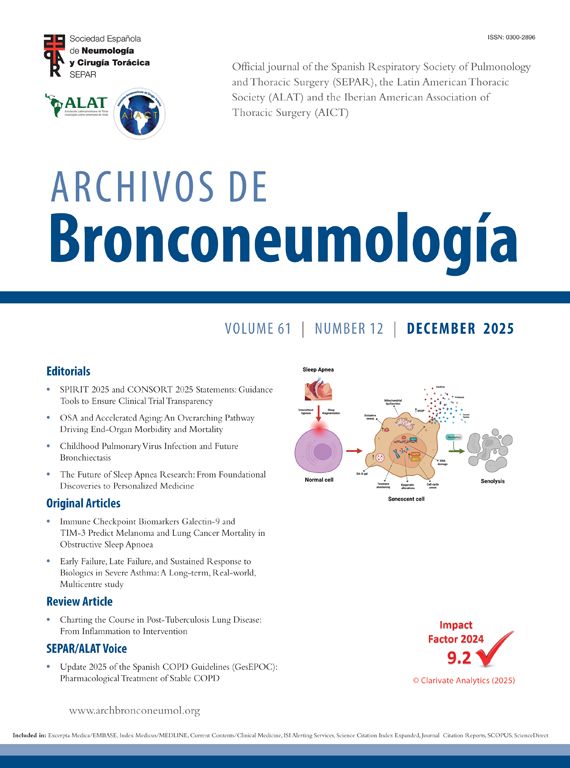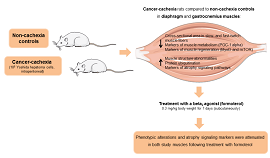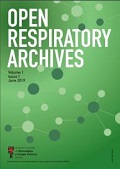It took so many years until smoking tobacco was considered an addiction, with nicotine being the addictive drug [1]. All tobacco products are addictive [2] and are subject to numerous laws and regulations [3]. That's why the tobacco industry uses a variety of tactics to undermine anti-smoking laws [4]. One of the most recent strategies is the use of nicotine analogues (NA).
NA are synthetic substances with a chemical structure similar to nicotine. Furthermore, these substances are, as of this writing, not subject to legislative and tobacco control regulations and do not require authorisation to be marketed and sold. In fact, in February 2021, disposable electronic cigarettes (EC) containing synthetic nicotine (SN) [5] began to be sold in the US. Many tobacco product industries have introduced novel EC pod systems that contain a structural synthetic analogue (SA) of nicotine known as 6-methyl nicotine (6-MN) with different registered trademarks. 6-MN has a methyl group substitution at position 6 of nicotine's pyridine ring [6]. Some studies found that 6-MN has been shown to be more addictive than nicotine; they found it to be three times more potent in replacing [3H] nicotine in rat brain membranes and five times more potent in causing prostration behaviour [5,6]. In addition, 6-MN was found to be 3.3 times as effective at enhancing spontaneous motor activity and twice as effective as nicotine as an analgesic in the tail flick test [5,6]. Erythropel et al. [7] have shown various discrepancies in labelled and measured 6-MN in electronic cigarettes (EC) and EC liquids, like propylene glycol/vegetable glycerin ratio and content of artificial sweetener neotame and a synthetic coolants (WS-23). All nine of the tested 6-MN flavours contained the (S)-6-MN isomer, which is stronger and more addictive than the (R)-6-MN isomer, and measured between 87 and 88% less of the 6-MN content that was labelled [7]. Given that nicotinic receptor activation causes these behaviours, it is reasonable to conclude that 6-MN is more addictive than nicotine [8]. 6-MN may be more harmful than nicotine, with a lower lethal dose 50% and greater toxicity to bronchial epithelial cells than nicotine itself [9]. Previous studies suggest that these analogues could promote pulmonary disorders through mechanisms involving reactive oxygen species (ROS), nicotinic acetylcholine receptors (nAChRs), and nuclear factor kappa B (a transcriptor factor) (NF-κB) activation pathways, with implications for diseases such as chronic obstructive pulmonary disease and lung carcinogenesis [6]. Effah et al. [10] in a study whose objective was to test the toxicity of 6-MN compared to traditional nicotine in vitro, found that compared to nicotine, the thermal degradation of 6-MN in e-liquids produced a significantly higher amount of ROS in the aerosols (6-MN has a decreased ability to absorb ROS compared with nicotine) and markedly enhanced cytotoxicity and intracellular ROS induction in a dose-specific manner. Additionally, compared to nicotine, they found that 6-MN markedly and temporarily raised metabolic activity at all tested doses. 6-MN increases oxidative stress and cytotoxicity in HBEC-3KT human bronchial epithelial cells; consequently, increased intracellular oxidative stress leads to higher levels of single- and double-stranded DNA damage in pulmonary cells marked by increased γH2AX protein levels, which may, in turn, lead to lung carcinogenesis [6]. Conversely, in another study (sponsored by Zinwi Biotech Company: EC and e-liquid China company) by Qi et al. [11] have evaluated the cytotoxicity of nicotine and 6-MN on human bronchial epithelial cells (BEAS-2B cells) in vitro and performed transcriptome sequencing to systematically assess the effects of nicotine and 6-MN on BEAS-2B cells. Authors found that the cytotoxicity assay revealed that BEAS-2B cells were more sensitive to 6-MN than to nicotine. In the transcriptome, sequencing revealed 1208 differentially expressed cancer-related proteins (CRP) in the 6-MN groups relative to those with CRP in the control group. In addition, 6-MN had a greater negative effect on the CRP expression than nicotine. Bioinformatic analysis revealed that the differentially expressed genes and proteins in the 6-MN group were significantly enriched in the cancer-related pathways, unlike those in the nicotine group. Further validations of some lung cancer-related proteins, such as NF-κB p65, epidermal growth factor receptor (EGFR), and mesenchymal epithelial transition factor receptor (MET), were conducted by immunoblotting and real-time Polymerase Chain Reaction (PCR), which revealed that 6-MN may have a greater adverse effect on tumour development and metastasis than nicotine. 6-MN binds to and activate nAChRs in the lungs similarly to nicotine, and such activation would stimulate cell growth and inhibit apoptosis, thus contributing to risk for malignancy [6]. Another potential mode of toxicological action of 6-MN could be through aldehyde receptors and abnormal protein and DNA methylation, which remains to be investigated [6].
Nicotinamide, a nicotine-replaced compound, is a form of vitamin B3, with no known pharmacological activity at nicotinic receptors [6,12]. Vendors of e-liquids containing nicotinamide claim to be “carefully designed to target the same nAChRs that traditional nicotine stimulates”, and it is used in a vaping device, has been specially formulated to deliver similar satisfaction, pleasure, and enjoyment as traditional nicotine/tobacco. Another EC brand states the same [12] and an additional marketing statement noted that it is carefully designed to target the same nAChRs that traditional nicotine stimulates. It is known that no published reports have demonstrated that nicotinamide is either a nAChR agonist or is metabolised to form nicotine. But on the contrary, it has sedative effects [12]. It is either purposefully misleading to say that this product has the same agonist AChRs as nicotine, or the company may have included an NA that is active at nAChRs [12], but high-dose nicotinamide leads to a minor increase of plasma choline but to a major increase of the choline concentrations in the intra- and extracellular spaces of the brain. In the hippocampus the nicotinamide-induced increase in choline was associated with an increase in the release of AChR under stimulated conditions [13]. The cholinergic system interacts with the dopaminergic reward system, and muscarinic AChRs stimulate the dopaminergic system. In the nucleus accumbens, cholinergic interneurons integrate the cortical and subcortical information related to reward [14]. The above could be the key to the addictive effect, an aspect that will need to be studied in depth. However, 6-MN has been identified in nicotinamide products, and this may be responsible for the effects [7,12].
The toxicity of the use of nicotinamide in EC is not known, but when nicotinamide is thermally degraded, it produces potentially toxic compounds, and inhaling such compounds could pose serious long-term health risks. The possibility of nicotinamide being able to activate, either directly or indirectly, the nAChR-induced malignancy pathways, inflammation, and metabolic disturbances, with potentially harmful health effects, cannot be ruled out [6].
Manufacturers of tobacco products use sweeteners to increase the appeal and palatability of their products. The artificial sweetener neotame was recently detected in EC. Adding sweeteners to EC has been shown to increase their appeal, preference, and potential for abuse and for addiction by increasing initiation and long-term use. The respiratory and systemic health effects of neotame and its potential decomposition products during heating in an EC are unknown [15].
NA and nicotinamide are toxic and addictive and claimed to be nicotine replacements, so they should be urgently addressed by lawmakers and regulators.
Authors’ contributionsJIG-O: conception and design of the study, writing the core content of the study, analysis and interpretation of data, drafting the article and revising it critically for important intellectual content. CAJ-R and HJF: critical review of the manuscript.
All authors approved the current version of the manuscript.
Artificial intelligence involvementNone of the materials have been produced partially or totally with the aid of any artificial intelligence software or tool.
FundingThis paper was not funded.
Conflict of interestJIG-O has received honoraria for lecturing, scientific advice, participation in clinical studies or writing for publications for the following (alphabetical order): Aflofarm, Adamed, Boehringer, Esteve, Neuroxpharm and Pfizer. CAJ-R has received honoraria for presentations, participation in clinical studies and consultancy from: Aflofarm, Adamed, Bial, GSK, Menarini, Neuroxpharm and Pfizer. HJF has no relevant conflicts of interest.









